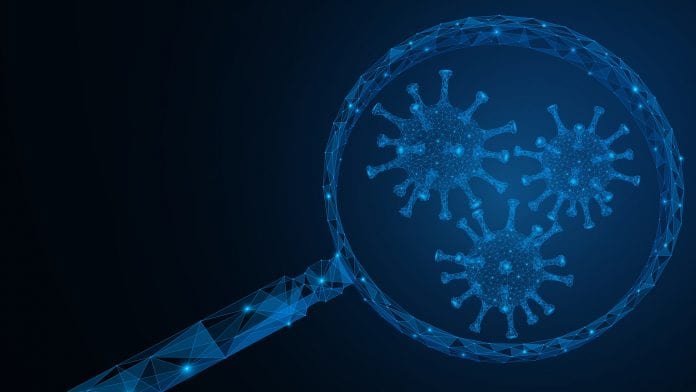
A group of researchers have developed a new system using machine learning to identify drugs that could be repurposed as treatment options for COVID-19 for use in elderly patients.
The team have developed a machine learning-based approach to identify drugs already on the market that could potentially be repurposed to fight the virus. The system accounts for changes in gene expression in lung cells caused by both the disease and ageing.
The researchers have pinpointed the protein RIPK1 as a promising target for COVID-19 drugs and have identified three approved drugs that act on the expression of RIPK1.
The research has been published in the journal Nature Communications and the co-authors include MIT PhD students Anastasiya Belyaeva, Adityanarayanan Radhakrishnan, Chandler Squires, and Karren Dai Yang, as well as PhD student Louis Cammarata of Harvard University and long-term collaborator G.V. Shivashankar of ETH Zurich in Switzerland.
Repurposing drugs for COVID-19
The researchers focused in on the most promising drug repurposing candidates by generating a list of possible drugs using a machine learning technique called an autoencoder then mapping the network of genes and proteins involved in both ageing and SARS-CoV-2 infection. They then used statistical algorithms to understand causality in that network, allowing them to pinpoint “upstream” genes that caused cascading effects throughout the network. Drugs targeting those upstream genes and proteins should be promising candidates for clinical trials.
“Making new drugs takes forever,” says Caroline Uhler, a computational biologist in MIT’s Department of Electrical Engineering and Computer Science and the Institute for Data, Systems and Society, and an associate member of the Broad Institute of MIT and Harvard. “Really, the only expedient option is to repurpose existing drugs.”
Uhler and Shivashankar suggest that one of the main changes in the lung that happens through ageing is that it becomes stiffer. The stiffening lung tissue shows different patterns of gene expression than in younger people, even in response to the same signal.
Uhler said: “Earlier work by the Shivashankar lab showed that if you stimulate cells on a stiffer substrate with a cytokine, similar to what the virus does, they actually turn on different genes. So, that motivated this hypothesis. We need to look at ageing together with SARS-CoV-2 – what are the genes at the intersection of these two pathways?”
Big data and AI
To select approved drugs that might act on these pathways, the team turned to big data and Artificial Intelligence (AI). The researchers narrowed the list of potential drugs by homing in on key genetic pathways, mapping the interactions of proteins involved in the ageing and SARS-CoV-2 infection pathways.
The team then identified areas of overlap among the two maps. That effort pinpointed the precise gene expression network that a drug would need to target to combat COVID-19 in elderly patients.
“We want to identify a drug that has an effect on all of these differentially expressed genes downstream,” says Belyaeva.
The team used algorithms that infer causality in interacting systems to turn their undirected network into a causal network. The final causal network identified RIPK1 as a target gene/protein for potential COVID-19 drugs since it has numerous downstream effects. The researchers identified a list of the approved drugs that act on RIPK1 and may have potential to treat the virus, including ribavirin and quinapril, which are already in clinical trials for COVID-19.
“I’m really excited that this platform can be more generally applied to other infections or diseases,” says Belyaeva.
The team plans to share its findings with pharmaceutical companies.
























